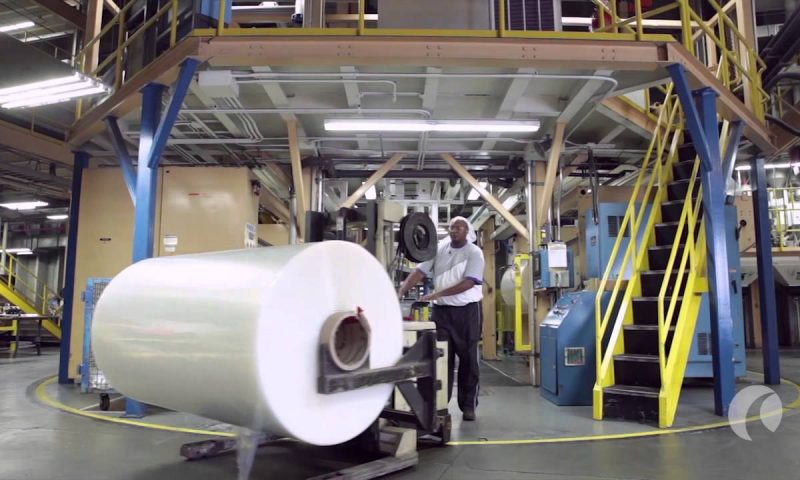Among the biggest risers on the S&P 500 on Friday November 08 was Sealed Air Corporation ($SEE), popping some 3.09% to a price of $40.02 a share with some 1.66 million shares trading hands.
Starting the day trading at $39.28, Sealed Air Corporation reached an intraday high of $40.13 and hit intraday lows of $39.17. Shares gained $1.2 apiece by day’s end. Over the last 90 days, the stock’s average daily volume has been n/a of its 154.53 million share total float. Today’s action puts the stock’s 50-day SMA at $n/a and 200-day SMA at $n/a with a 52-week range of $32.34 to $47.14.
Sealed Air is organized via two reporting segments. Food care includes food packaging products like Cryovac, Darfresh, and OptiDure aimed primarily at meats. Product care includes Sealed Air’s Bubble Wrap, Instapak, Jiffy mailers, and shrink film packaging systems that cater to industrial and e-commerce applications.
Sealed Air Corporation has its corporate headquarters located in Charlotte, NC and employs 15,500 people. Its market cap has now risen to $6.18 billion after today’s trading, its P/E ratio is now n/a, its P/S n/a, P/B -18.11, and P/FCF n/a.
The Dow Jones Industrial Average (DJIA) is the most visible stock index in the United States, but that doesn’t make it the best. In fact, the industry standard for market watchers and institutional investors in gauging portfolio performance is the S&P 500.
The DJIA relies on just 30 stocks as a sample of large- and mega-cap firms, dwarfed by the 500 contained in the S&P 500, and it also weights its returns using an outdated and flawed price-weighting method. The S&P 500’s weighting is based on market cap, making it a much better representation of actual market performance for large- and mega-cap stocks.

